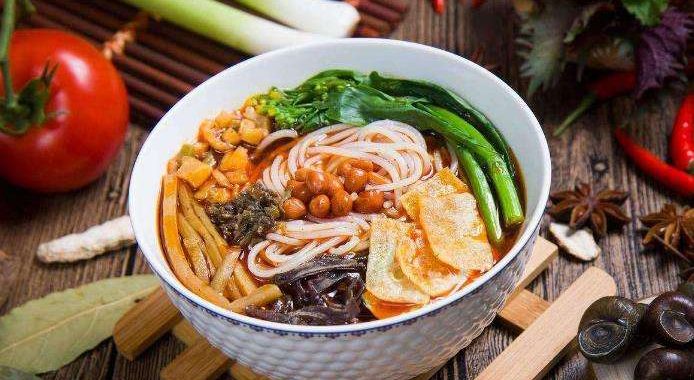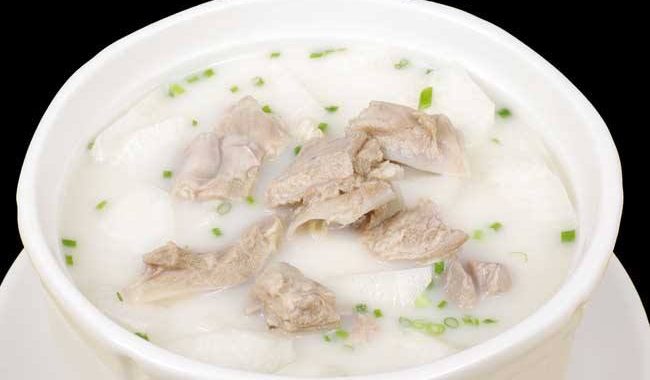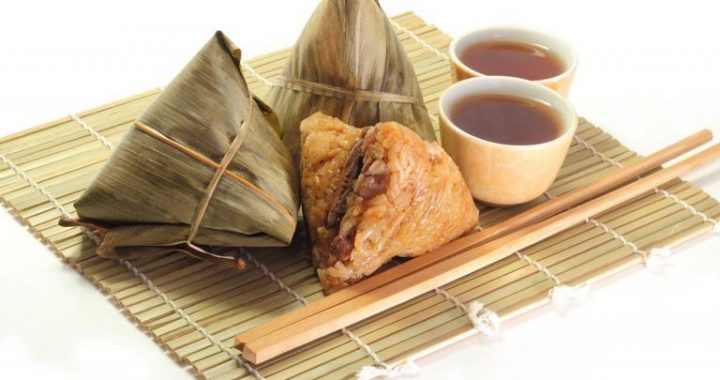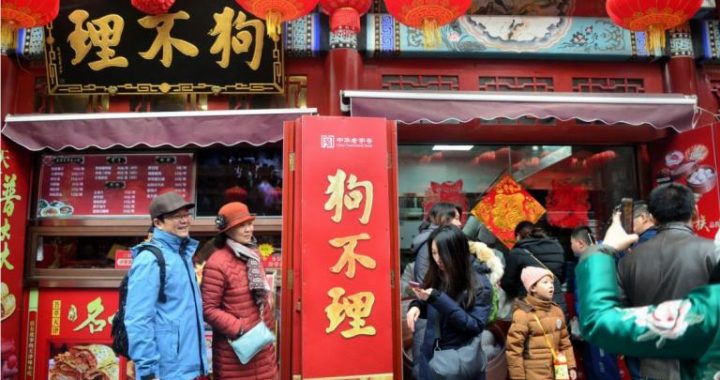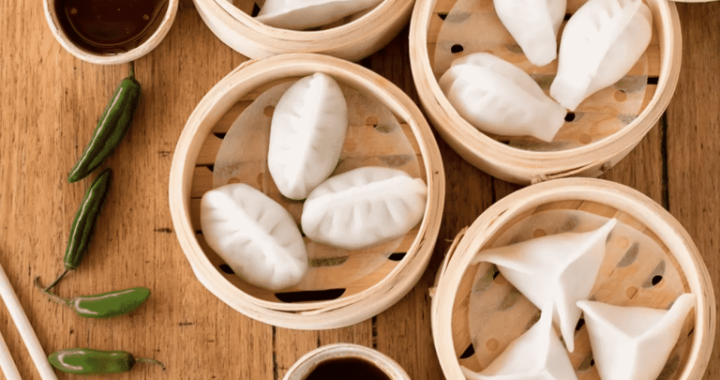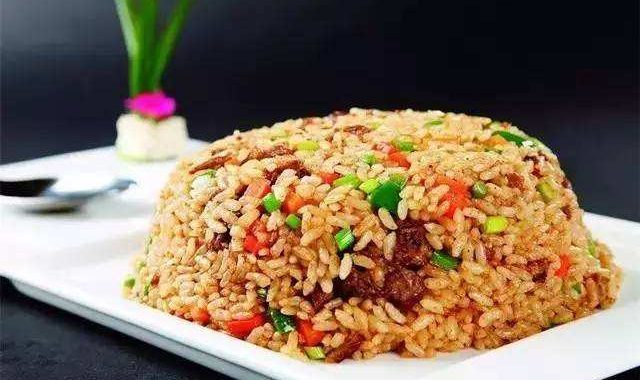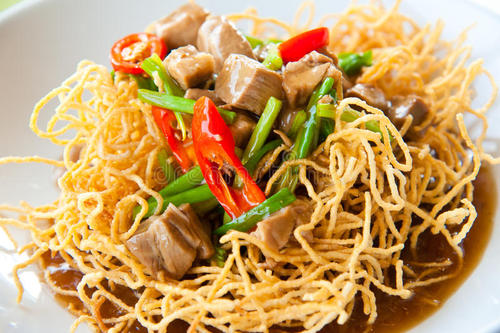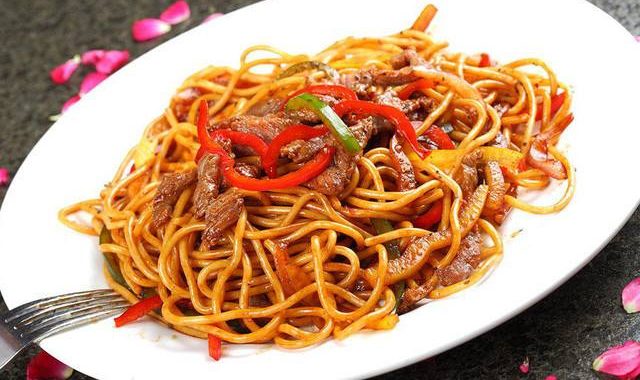Shanghai Specialies
3 min readXiaolongbao is a type of steamed bun or baozi from the Jiangnan region of China,especially Shanghai and Wuxi.It is traditionally steamed in small bamboo baskets,where the name comes from.Xiaolongbao is often referred to as soup dumplings or simply dumplings in English,but it is not regarded as“dumplings”in Chinese.

Shanghai-style xiaolongbao originated in Nanxiang,a suburb of Shanghai in the Jiading District.The inventor of xiaolongbao soldthem in his first store in Nanxiang next to the town’s notable park,Guyi Garden.From there the xiaolongbao expanded into downtown Shanghai and outward.

Two special xiaolongbao restaurants have a particularly long history.One is Nanxiang Mantou Dian(Nanxiang Bun Shop),which derives from the original store in Nanxiangbut is now located in the City God Temple precinct.It is famed for its crab-meat-filled buns.The other is Gulong Restaurant at the original site next to Guyi Garden in Nanxiang.

Traditionally the xiaolongbao is a kind of dim sum or snack.
The buns are served hot in the bamboo baskets in which they are steamed,usually on a bed of dried leaves or on a woven mat,although some restaurants today use napa cabbage instead.The buns are usually dipped in Chinkiang vinegar with ginger slivers.They are traditionally served with a clear soup.
The buns are traditionally part of Jiangnan-style morning tea.In Cantonese regions,it is also commonly served as a Cantonese yum cha item.While not traditionally eaten as a main meal,some restaurants have begun serving xiaolongbao as a main dish in recent years.Frozen xiaolongbao are now mass-produced and are popular worldwide.
Shengjian mantou(also known as the shengjianbao outside the Jiangnan region)is a type of small,pan-fried baozi(steamed buns)
which is a specialty of Shanghai.It is usually filled with pork and gelatin that melts into soup/liquid when cooked.Shengjian mantou has been one of the most common breakfast items in Shanghai since the early 1900s.As a ubiquitous breakfast item,it has a significant place in Shanghainese culture.
In Chinese,a filled bun is usually called“baozi”or“bao”,while an unfilled(plain)bun is usually called a“mantou”.However,in the Jiangnan region,the word“mantou”refers to both filled and unfilled buns.Hence,the shengjian mantou is called a“mantou”despite the filling.The name shengjian mantou is often abbreviated to shengjian.
Shengjian is made from semi-leavened dough,wrapped around pork and gelatin fillings.Chopped green onions and sesame are sprinkled on the buns during the cooking process.

The name of the bun comes from its method of cooking.The buns are lined up in an oiled,shallow and flat pan.Typical commercial pans are more than a metre in diameter.Water is sprayed on the buns during cooking to ensure the top(which is not in contact with the pan or the oil)is properly cooked.After frying,the bottom of the bun becomes crunchy,and the gelatin melts into soup.This combination gives the shengjian its unique flavour.Because the buns are tightlylined up in the pan,they become somewhat cube-shaped after cooking.

While waiting to be served,the chef may flip the buns so that the fried base faces upwards to prevent the crispy bottom from getting soggy in the process of cooling.
The traditional shengjian has pork fillings.Common variations include chicken,pork mixed with prawns,and pork mixed with crab meat.
